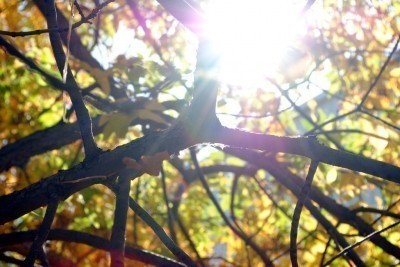






In order for plants to survive and thrive, they require certain things. Among these things are soil, water, fertilizer and light. Different plants require different degrees of light; some prefer morning sun, some like all day sun, some enjoy filtered light throughout the day and others shade. It can get confusing to sort through all these light requirements. While sun and shade are pretty straightforward, partial sun or partial shade are a little more ambiguous.
Sometimes determining sun density and partial sun patterns can be a difficult thing. Sunlight is necessary for photosynthesis, which is the process by which plants make food that they need to thrive. Most light requirements are listed on seed packets or on the plastic inserts that are found in potted plants. These light requirements are relative to the amount of sun necessary for plant food production.
Many gardeners ask the question; are part sun and part shade the same? While partial sun and partial shade are often used interchangeably, there is a fine line between the two.
Partial sun generally means less than six and more than four hours of sun per day. Plants for partial sun will do well in a location where they receive a break from the sun each day. They like the sun but will not tolerate a full day of it and need at least some shade each day.
Partial shade refers to less than four hours, but more than one and a half hours of sun. Any plants that require partial sunlight should be provided with the minimal sunlight requirements. Plants that require partial shade should be planted in locations where they will be sheltered from the hot afternoon sun. Partial shade plants may also be referred to as those that need filtered or dappled light. These plants thrive under the protection of other larger plants, trees or even a lattice structure.
The amount of sunlight that certain areas in your garden receive changes with the season and budding of trees and plants. For instance, a location may receive lots of sun in the early spring, but once the leaves on trees bud out, it may receive less sun or filtered sun. This can make determining such things as partial sun patterns difficult to assess, making the choices of plants for partial sun just as hard.
However, if you want to be sure just how much sunlight your plants are receiving, you can invest in a Suncaic, which provides accurate sunlight measurement. This inexpensive device allows you to test certain locations in your garden before planting. After twelve hours of measurement, the device will let you know if the area receives full sun, partial sun, partial shade or full shade. If exact measurements are necessary, this is a good little tool to invest in.
Copyright © www.100flowers.win Botanic Garden All Rights Reserved